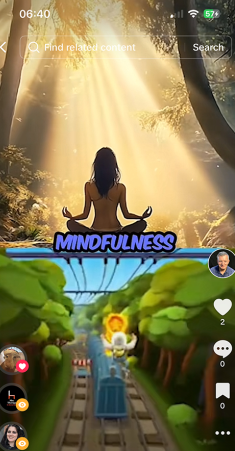
Gen Z's daily scroll isn’t just passive entertainment, it is a subtle neurological shift. Platforms such as YouTube Shorts, Instagram Reels, and TikTok offer quick bursts of entertainment and with each swipe, the brain is primed for continuous stimulation acting as a mini dopamine rush.
Dopamine is not only the "pleasure chemical”. It is also essential for learning and motivation. When the brain repeatedly experiences rapid-fire rewards, it recalibrates and seeks out higher-velocity stimulation in order to feel engaged.[1] Slower, low-intensity activities (such as reading a book, paying attention in class, or even having a conversation) become uninteresting or dull. This phenomenon is known as reward tolerance.
Reward tolerance is the same mechanic that plays out in substance addiction. Natural rewards start to seem insignificant when using drugs because the brain adjusts to frequent surges in neurotransmitters. Similarly to drug addiction, the brain can become conditioned to crave high-speed novelty through continuous exposure to short-form media. This doesn’t mean that Gen-Z will replace TikTok with more dangerous substances, but it does weaken the natural defenses that young people have against falling into addictive behaviors. Individuals with shorter attention spans are more susceptible to compulsive behaviors, such as binge-watching, over-scrolling, or seeking thrills from riskier dopamine sources.[2]
These symptoms, colloquially referred to by Gen Z as "brainrot," include a decline in patience, focus, and tolerance for delayed gratification. The remedy? Intentional resets and awareness. Young people can regain attention spans by taking a moment to recognize the dependency loop. They can do this by establishing "dopamine detox" periods, limiting screen time, or rediscovering slower sources of fulfillment like hobbies, readings, and connecting with nature.
Reach out below to connect with resources that can best support your unique situation.